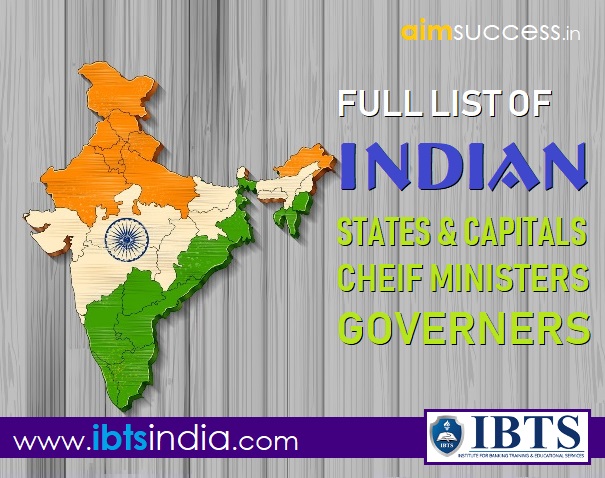Computer Study Notes - Chapter 2 (GENERATIONS OF COMPUTER)
Generation in computer terminology is a change in technology a computer is/was being used. Initially, the generation term was used to distinguish between varying hardware technologies. But nowadays, generation includes both hardware and software, which together make up an entire computer system.
There are totally five computer generations known till date. Each generation has been discussed in detail along with their time period and characteristics. Here approximate dates against each generations have been mentioned which are normally accepted.Following are the main five generations of computers
GENERATIONS OF COMPUTER
First Generation of Computer (1940-1959)
- Vacuum tubes were used for the basic component of memory and circuitry for CPU.
- Batch processing operating system, punched card, Paper Tape, Magnetic Tape Input and Output device were used.
- Machine codes and electric wired board languages were used.
- Used for scientific; later simple business system.
- Some computers of this generation were: ENIAC ; EDVAC; UNIVAC; IBM-701 ; IBM-650
Second Generation of Computer (1959-1965)
- Instead of Vacuum tubes Transistors were used.
- Magnetic cores were used as primary memory and magnetic tape and magnetic disks as secondary storage devices.
- Main memory was 100KB.
- Assembly language and high-level programming language like FORTRAN, COBOL were used.
- Used for extensive business applications, engineering design optimization scientific research.
- Some computers of this generation were: IBM 1620; IBM 7094 ; CDC 1604 ; CDC 3600 ; UNIVAC 1108

Third Generation of Computer (1965-1971)
- Integrated circuits were used in place of transistors. A single IC has many transistors, resistors and capacitors along with the associated circuitry.
- Remote processing, Time-sharing, Real-time, Multiprogramming Operating System were used.
- High-level languages FORTRAN-II TO IV, COBOL, PASCAL PL/1, BASIC, ALGOL-68, etc were used.Used for Database management system and online systems.
- Some computers of this generation were: IBM-360 series; Honeywell-6000 series; PDP (Personal Data Processor); IBM-370/168; TDC-316.
Fourth Generation of Computer (1971-1980)
- Very Large Scale Integrated (VLSI) circuits were used .These are more powerful, compact, reliable and affordable which gave rise to personal computers.
- C, C++, DBASE etc, all these higher level languages were used in this generation.
- Concept of internet was introduced, computers became easily available.
- Some computers of this generation were: DEC 10; STAR 1000; PDP 11; CRAY-1 (Super Computer); CRAY-X-MP (Super Computer)
Fifth Generation of Computer (1980-till date)
- VLSI technology became SLSI / ULSI (Super / Ultra Large Scale Integration) technology.
- In this generation AI(Artificial Intelligence) concept is introduced which is an emerging branch of Computer Science that interprets means and methods of making computers think like human beings.
- Higher level languages like C, C++, Java, .Net are used.
- Some computers types of this generation are: Desktop ; Laptop ; NoteBook ; UltraBook ; ChromeBook















